Mindblown: a blog about philosophy.
-

Asparagus Odor Detection & Genetics
How it works Ever noticed your urine smells different after eating asparagus? You’re not the only one. The genetic link 23andMe researchers identified a genetic marker located near the OR2M7 gene that is associated with the likelihood of smelling asparagus-related odor in their urine. This gene has instructions for a protein that detects odor molecules. …
-
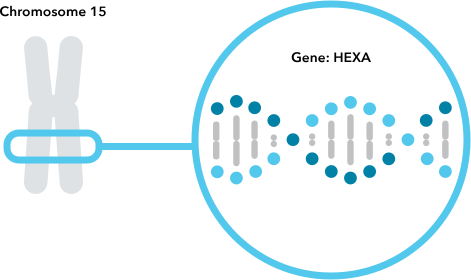
Tay-Sachs Disease & Genetics
Causes of Tay-Sachs disease Tay-Sachs disease is caused by variants (differences) in the HEXA gene. The HEXA gene contains instructions for making one part of an enzyme called hexosaminidase A. This enzyme helps break down harmful substances within compartments of nerve cells called lysosomes. Certain variants in HEXA disrupt this function, causing a buildup of…
-
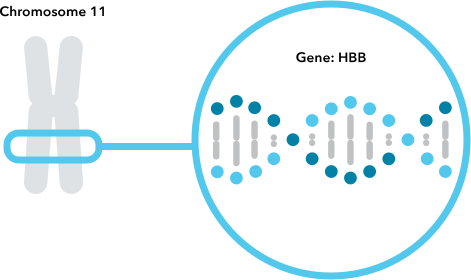
Sickle Cell Anemia & Genetics
Causes of sickle cell anemia Sickle cell anemia is caused by the HbS variant in the HBB gene. The HBB gene contains instructions for making a protein called beta-globin. This protein is part of a larger protein called hemoglobin that is found in red blood cells. Hemoglobin transports oxygen from the lungs to all other…
-
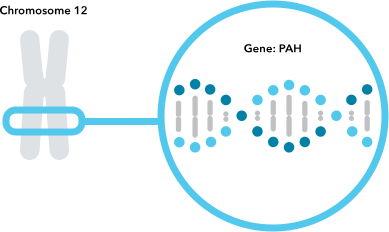
Phenylketonuria and Related Disorders
Causes of phenylketonuria PKU and related disorders are caused by variants (differences) in the PAH gene. The PAH gene contains instructions for making an enzyme called phenylalanine hydroxylase. This enzyme helps break down an amino acid called phenylalanine, which is found in some foods. Certain variants in PAH disrupt its function, resulting in a harmful…
-
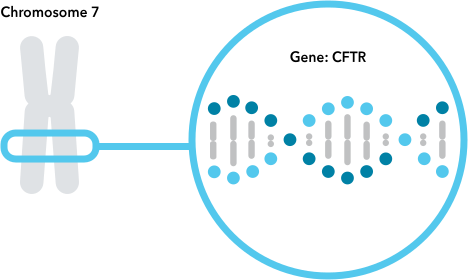
Cystic Fibrosis
What causes cystic fibrosis? Cystic fibrosis is caused by variants (differences) in the CFTR gene. The CFTR gene contains instructions for making a protein that helps control the salt and water balance of certain organs. Certain variants in the CFTR gene prevent the protein from working properly, which can cause the lungs, pancreas, and other…
-
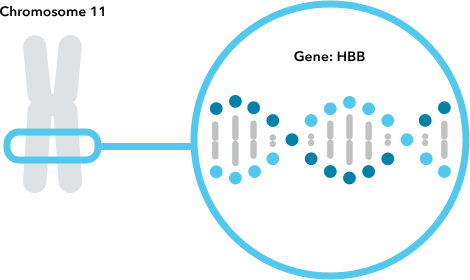
Beta Thalassemia and Related Hemoglobinopathies
Causes of beta thalassemia Beta thalassemia and related hemoglobinopathies are caused by variants (differences) in the HBB gene. The HBB gene contains instructions for making a protein called beta-globin. This protein is part of a larger protein called hemoglobin that is found in red blood cells. Hemoglobin transports oxygen from the lungs to all other…
-

Cheek Dimples & Genetics
How it works The “smiling muscle” connects each cheekbone with the corners of the mouth. Some people have an extra smiling muscle in their cheeks, which can cause dimples to appear when they smile. The genetic link People used to think dimples came from a single, dominant gene inherited from a parent. Now, researchers know…
-

Bald Spots & Genetics
How it works Scientists are still uncovering critical information about balding patterns and several studies indicate that testosterone plays an important role. But baldness doesn’t necessarily mean that someone has unusually high or low levels of testosterone; rather, it suggests that the person’s hair follicles respond differently to this hormone. The genetic link 23andMe researchers…
-
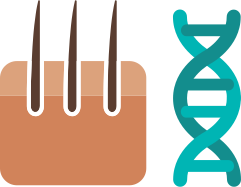
Back Hair & Genetics
How it works Our hair follicles produce one hair at a time. As hair cells grow from the bottom of the follicle, proteins like keratin help connect and build the cells to form a strand. The genetic link 23andMe researchers found 17 genetic variants that are associated with back hair. But scientists are still investigating…
-
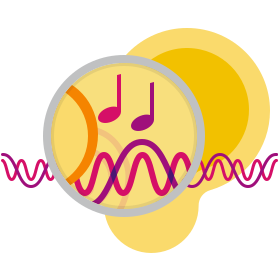
Musical Pitch & Genetics
How it works Let’s say you’re driving and your favorite song comes on the radio. You hear the opening notes and sing along. It may seem simple, but matching a musical pitch is actually quite complicated. After you hear a note, your brain identifies (or attempts to identify) the pitch and decides which vocal muscles…
Got any book recommendations?